Home>Gardening & Outdoor>Landscaping Ideas>How To Remove Overgrown Grass
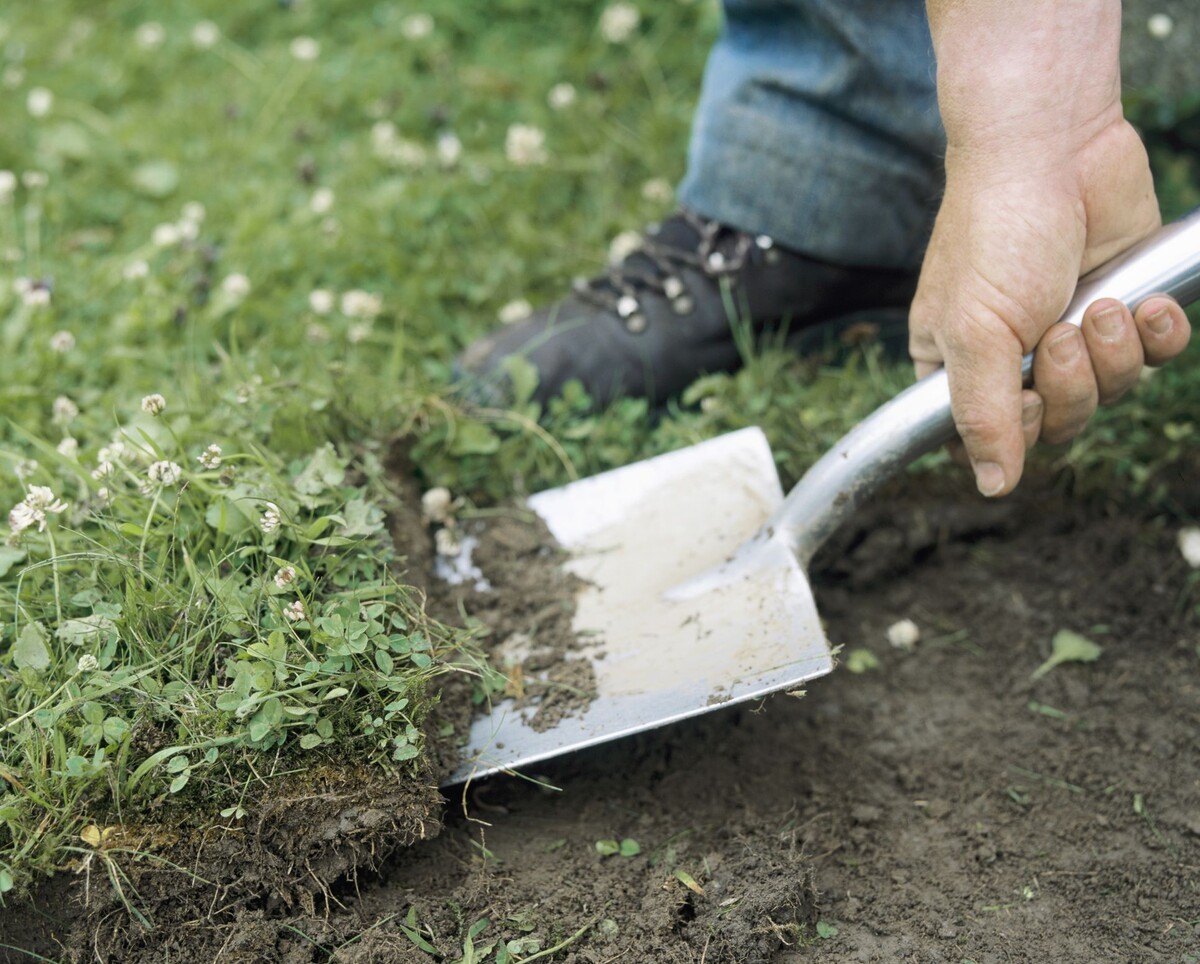

Landscaping Ideas
How To Remove Overgrown Grass
Modified: April 21, 2024
Learn effective landscaping ideas and techniques for removing overgrown grass. Discover expert tips for restoring your outdoor space to its former glory.
(Many of the links in this article redirect to a specific reviewed product. Your purchase of these products through affiliate links helps to generate commission for Storables.com, at no extra cost. Learn more)
Introduction
Welcome to the ultimate guide on tackling overgrown grass. Dealing with a lawn that has been taken over by unruly, overgrown grass can be a daunting task, but fear not! With the right approach and a bit of elbow grease, you can transform your wild, unkempt yard into a well-manicured oasis. In this comprehensive guide, we will walk you through the process of assessing overgrown grass, the tools and equipment you’ll need, and the step-by-step methods for effectively removing the overgrowth. Additionally, we’ll share valuable tips for preventing overgrown grass in the future, ensuring that your lawn remains lush and healthy. By the end of this guide, you’ll be equipped with the knowledge and expertise to reclaim your yard from the clutches of overgrown grass and maintain its pristine condition for years to come.
Key Takeaways:
- Taming overgrown grass requires assessing, removing, and preventing it. With the right tools and techniques, you can transform a wild yard into a well-manicured oasis.
- Regular maintenance, proper watering, and proactive weed control are key to preventing overgrown grass and maintaining a lush, vibrant lawn.
Assessing the Overgrown Grass
Before diving into the process of removing overgrown grass, it’s essential to assess the extent of the overgrowth and identify any underlying issues that may have contributed to the problem. Here are key factors to consider when assessing overgrown grass:
- Height and Density: Take note of how tall and dense the grass has become. This will help determine the level of effort and the type of tools needed for removal.
- Weeds and Unwanted Plants: Check for the presence of weeds, invasive plants, or other unwanted vegetation that may have intertwined with the overgrown grass.
- Soil Compaction: Assess the soil for compaction, as compacted soil can hinder the healthy growth of grass and contribute to overgrowth.
- Moisture Levels: Evaluate the moisture levels in the lawn, as excessive moisture or poor drainage can create favorable conditions for grass overgrowth.
- Underlying Issues: Look for underlying issues such as nutrient deficiencies, pH imbalance, or pest infestations that may have led to the overgrowth.
By thoroughly assessing these factors, you’ll gain valuable insights into the specific challenges posed by the overgrown grass and be better prepared to address them effectively. Understanding the root causes of the overgrowth will also aid in preventing its recurrence in the future.
Tools and Equipment Needed
Equipping yourself with the right tools and equipment is crucial for efficiently tackling overgrown grass. Here’s a comprehensive list of essential items you’ll need for the removal process:
- Lawn Mower: A powerful lawn mower, preferably one designed for handling tall and dense grass, is indispensable for cutting through overgrowth.
- String Trimmer or Brush Cutter: For reaching areas that the lawn mower can’t access, a string trimmer or brush cutter is essential for precise trimming and edging.
- Pruning Shears or Hedge Trimmers: These are handy for trimming grass around obstacles, along edges, and in tight spaces where larger equipment can’t reach.
- Rake or Dethatching Tool: To remove dead grass, thatch, and debris from the lawn’s surface, a sturdy rake or dethatching tool is necessary.
- Garden Gloves: Protect your hands from scratches, blisters, and potential hazards while working in the yard by wearing durable garden gloves.
- Protective Eyewear and Ear Protection: Safeguard your eyes and ears with protective eyewear and ear protection, especially when operating loud machinery.
- Wheelbarrow or Garden Cart: These are useful for transporting debris, clippings, and equipment around the yard with ease.
- Leaf Blower or Garden Vacuum: Clearing away grass clippings and debris is made simpler with a leaf blower or garden vacuum.
- Soil Aerator: If soil compaction is an issue, a soil aerator can help alleviate compaction and improve the health of the lawn.
By having these tools and equipment at your disposal, you’ll be well-prepared to take on the task of removing overgrown grass with efficiency and precision. Additionally, ensuring that your equipment is in good working condition before starting the project will contribute to a smoother and more effective removal process.
Use a string trimmer or a lawn mower to cut the overgrown grass to a manageable height. Then, use a shovel or a sod cutter to remove the excess grass and roots. Dispose of the removed grass properly.
Steps for Removing Overgrown Grass
Now that you’ve assessed the overgrown grass and gathered the necessary tools and equipment, it’s time to dive into the step-by-step process of reclaiming your lawn. Follow these comprehensive steps to effectively remove overgrown grass:
- Clear the Area: Remove any obstacles, debris, or large objects from the lawn to create a clear and safe working environment.
- Adjust Mower Height: Set your lawn mower to the highest cutting height to avoid stressing the grass and gradually reduce the height in subsequent mowing sessions.
- Mow in Sections: Divide the lawn into manageable sections and mow one section at a time, overlapping each pass slightly to ensure even cutting.
- Trim Edges and Tight Spaces: Use a string trimmer or pruning shears to trim grass along edges, around obstacles, and in areas where the mower can’t reach.
- Collect Debris: Rake up the grass clippings, thatch, and debris, and dispose of them in a compost pile or green waste bin.
- Inspect for Remaining Overgrowth: After mowing and trimming, inspect the lawn for any remaining overgrown patches and address them with the mower or trimmer.
- Address Soil Compaction: If soil compaction is a concern, use a soil aerator to alleviate compaction and promote better grass growth.
- Apply Fertilizer and Water: After removing the overgrown grass, apply a balanced fertilizer and water the lawn to promote healthy regrowth and recovery.
- Maintain Regular Maintenance: To prevent overgrown grass in the future, establish a regular lawn maintenance routine that includes mowing, watering, fertilizing, and addressing any issues promptly.
By following these steps diligently and giving your lawn the care and attention it needs, you’ll be able to successfully eliminate overgrown grass and restore the beauty of your outdoor space.
Tips for Preventing Overgrown Grass
Preventing overgrown grass is essential for maintaining a healthy and visually appealing lawn. By implementing the following tips and practices, you can minimize the risk of overgrowth and ensure that your yard remains well-maintained:
- Regular Mowing: Establish a consistent mowing schedule to prevent grass from becoming excessively tall and overgrown. Aim to mow the lawn at the appropriate height for your grass type to maintain its health and appearance.
- Proper Watering: Water the lawn deeply and infrequently to encourage deep root growth and avoid creating conditions that promote rapid grass growth.
- Fertilize Wisely: Apply fertilizers according to the specific needs of your grass type and soil, avoiding excessive nitrogen that can lead to rapid and excessive growth.
- Address Soil Compaction: Regularly aerate the soil to alleviate compaction and improve the overall health of the lawn, preventing conditions that favor overgrown grass.
- Weed Control: Stay proactive in controlling weeds and invasive plants that can compete with grass and contribute to overgrowth. Regularly inspect and address weed growth promptly.
- Monitor Moisture Levels: Keep an eye on the moisture levels in the lawn and ensure proper drainage to prevent waterlogged conditions that can spur rapid grass growth.
- Edge and Trim Regularly: Maintain well-defined edges and trim grass around obstacles and tight spaces to prevent overgrowth in these areas.
- Regular Maintenance Inspections: Periodically inspect the lawn for signs of overgrowth, thatch buildup, or other issues, and address them promptly to prevent escalation.
- Choose Appropriate Grass Varieties: Select grass varieties that are well-suited to your climate and maintenance preferences, minimizing the risk of aggressive growth habits.
- Consult with Lawn Care Professionals: If you encounter persistent overgrowth or challenges in maintaining your lawn, seek guidance from experienced lawn care professionals to identify and address underlying issues effectively.
By incorporating these preventive measures into your lawn care routine, you can proactively combat overgrown grass and maintain a lush, well-balanced lawn that enhances the beauty of your outdoor space.
Read more: How To Remove Lawn Grass
Conclusion
Congratulations! You’ve now gained valuable insights into the process of assessing, removing, and preventing overgrown grass, equipping yourself with the knowledge and tools needed to transform your unruly lawn into a thriving green oasis. By taking a proactive approach to lawn maintenance and implementing the recommended strategies, you can effectively manage overgrowth and sustain the health and beauty of your outdoor space.
Remember, the key to preventing overgrown grass lies in consistent care and attention to the needs of your lawn. Regular mowing, proper watering, soil maintenance, and vigilant weed control are essential components of a successful lawn care regimen. By staying attuned to the specific requirements of your grass type and climate, you can create an environment that discourages overgrowth and promotes the flourishing of a vibrant, well-manicured lawn.
As you embark on the journey of reclaiming and maintaining your lawn, don’t hesitate to seek guidance from local gardening experts or professional landscapers if you encounter persistent challenges. Their expertise can provide valuable insights and tailored solutions to address any underlying issues contributing to overgrown grass.
With your newfound knowledge and a commitment to proactive lawn care, you’re well-equipped to conquer overgrown grass and cultivate a picturesque outdoor space that you can enjoy for years to come. Here’s to a lush, healthy lawn that becomes the envy of the neighborhood!
Frequently Asked Questions about How To Remove Overgrown Grass
Was this page helpful?
At Storables.com, we guarantee accurate and reliable information. Our content, validated by Expert Board Contributors, is crafted following stringent Editorial Policies. We're committed to providing you with well-researched, expert-backed insights for all your informational needs.
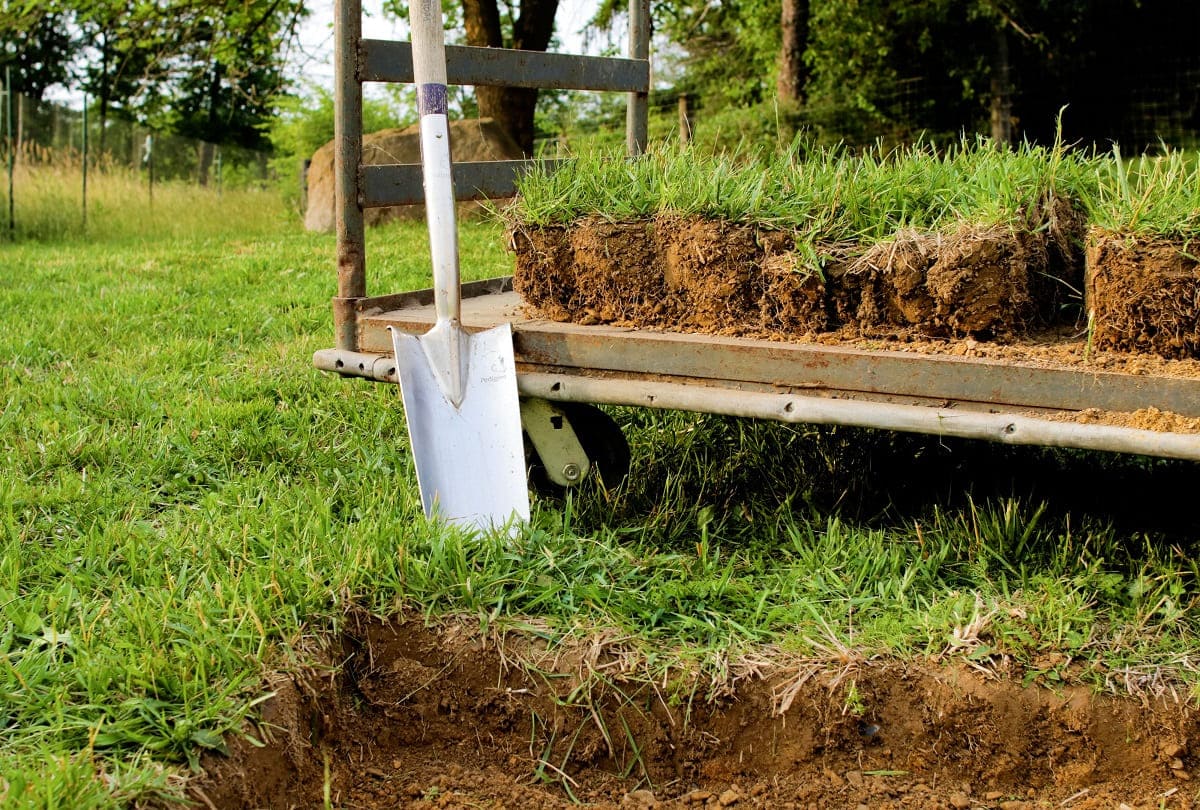
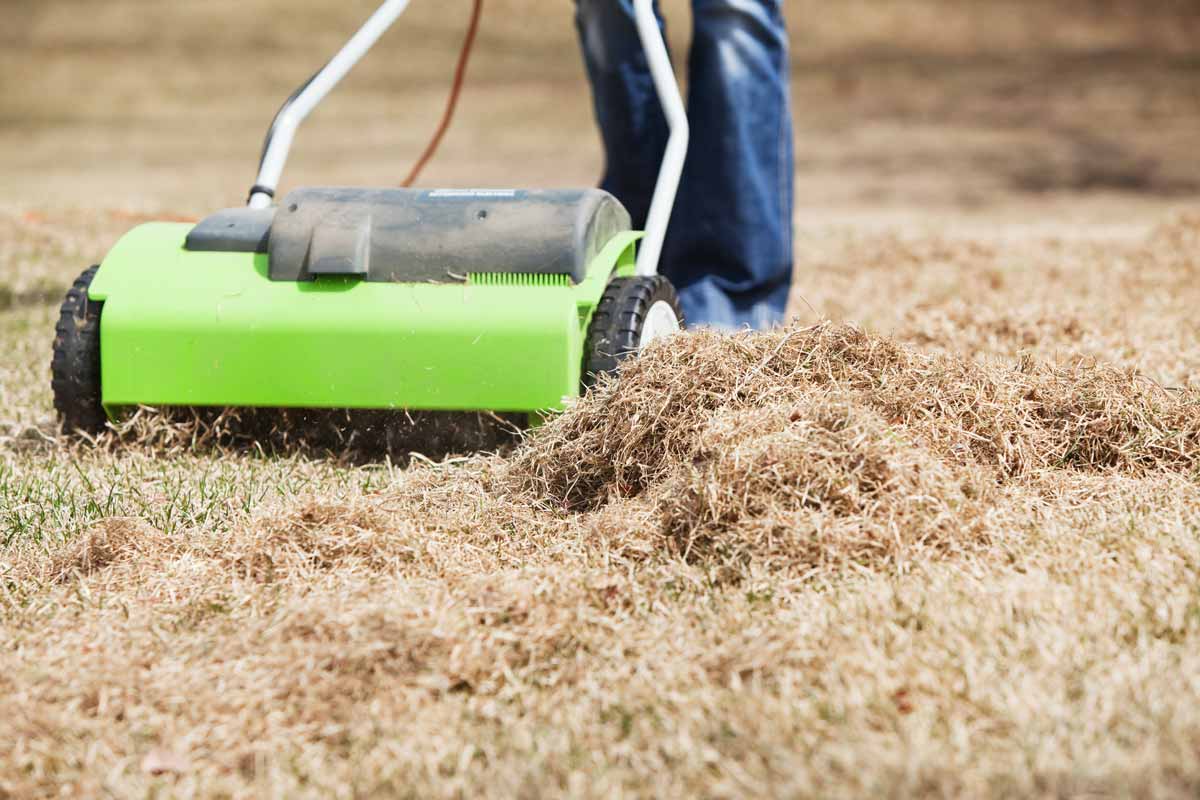
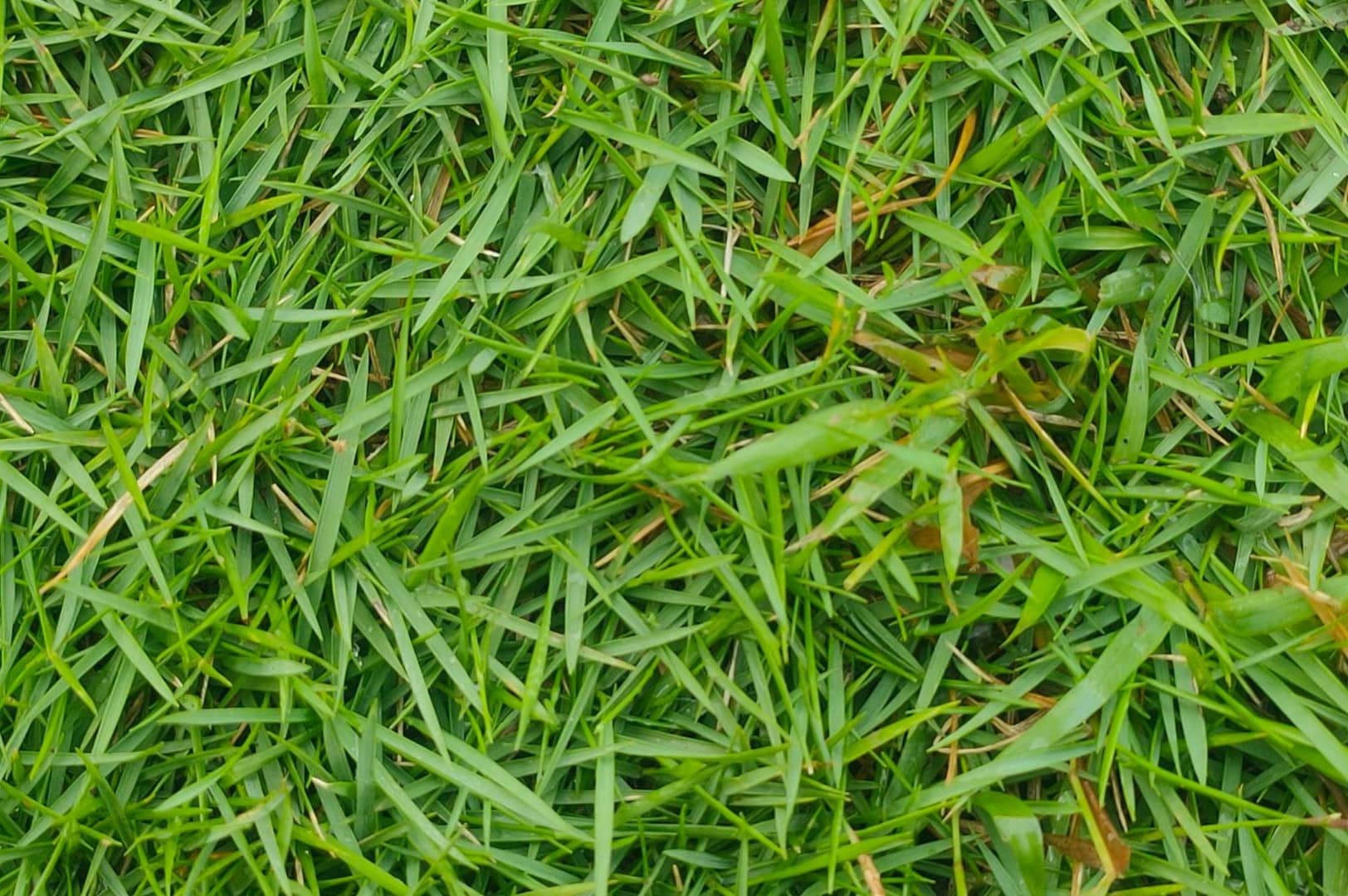
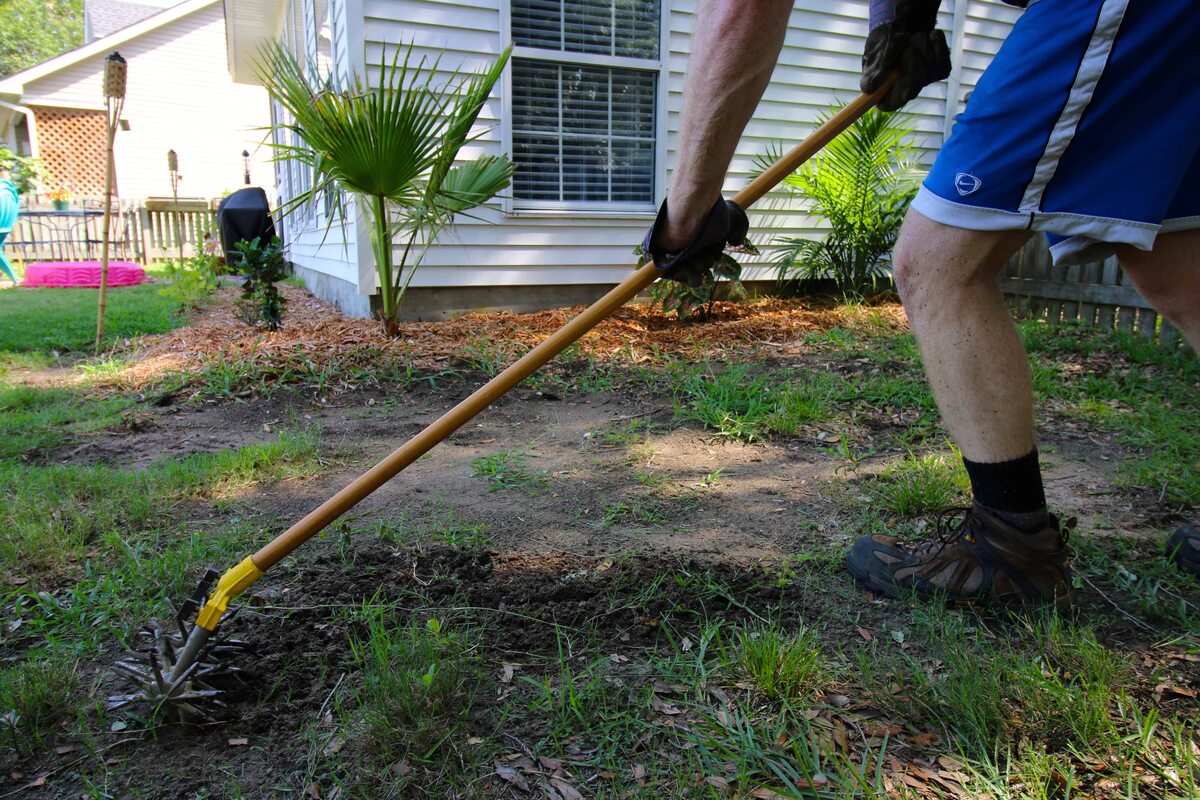
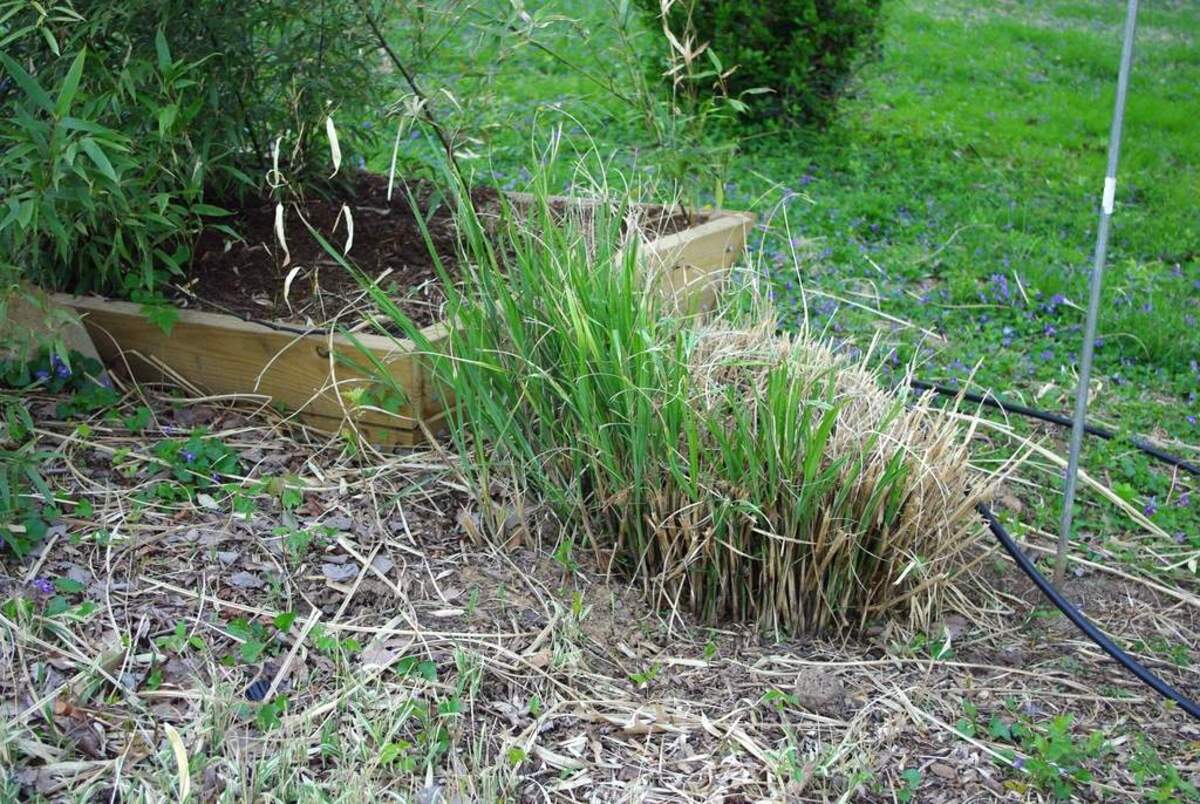

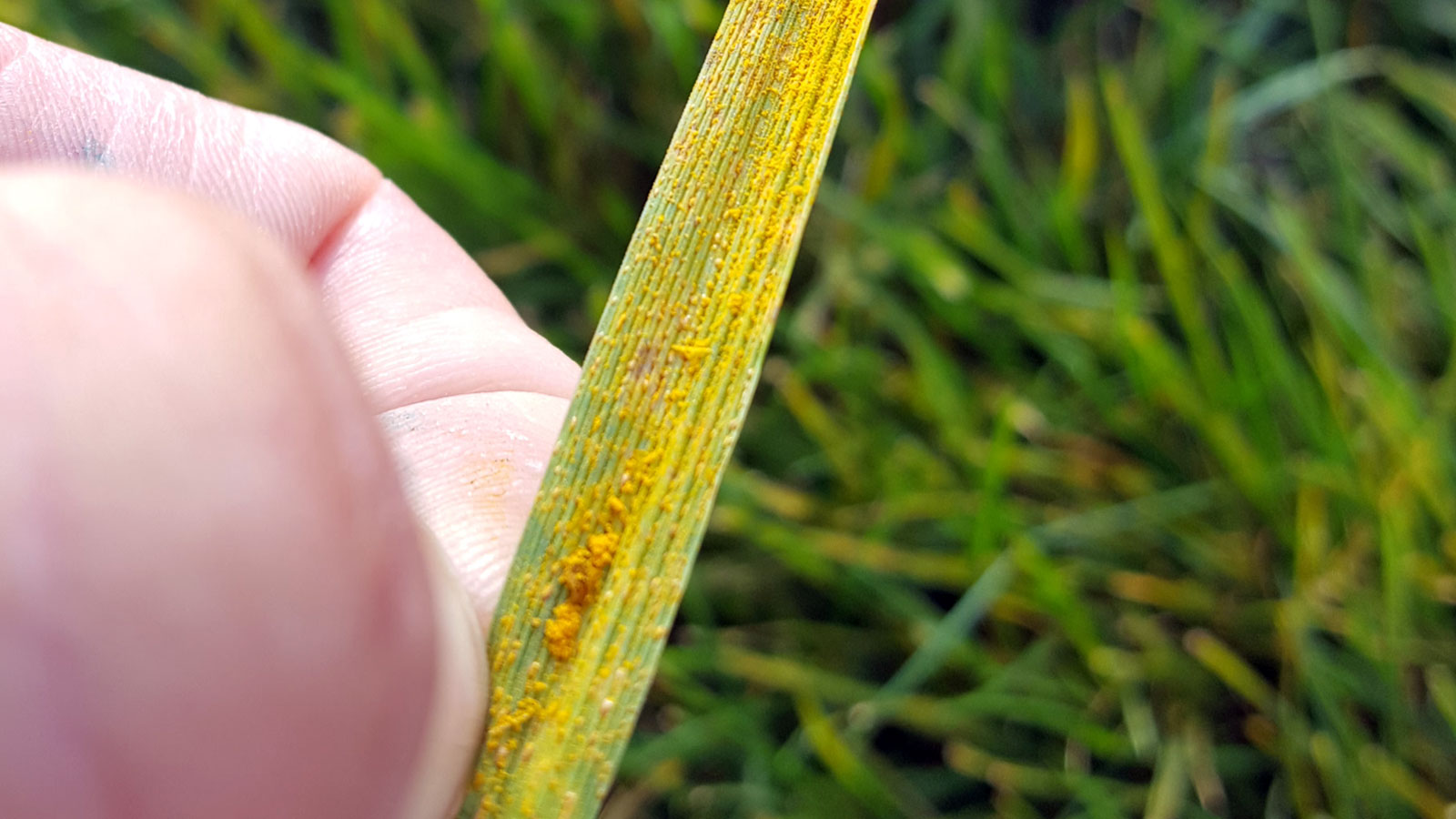

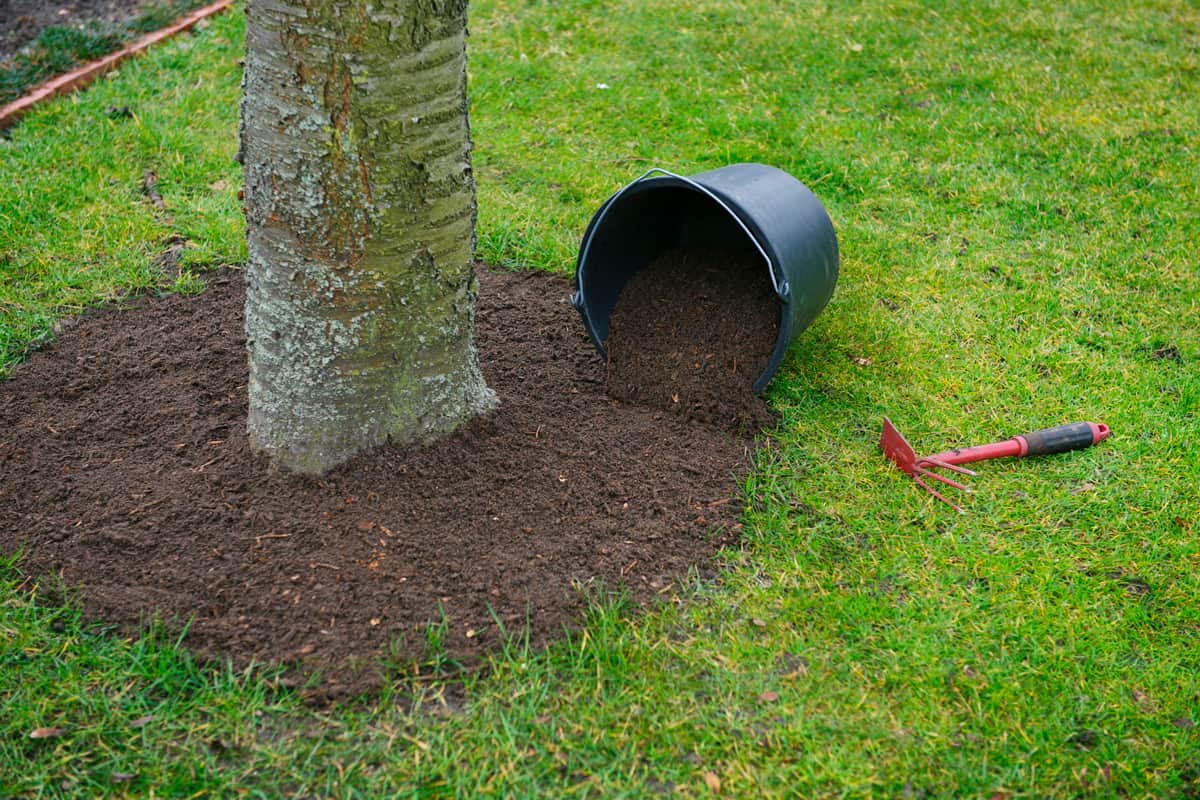
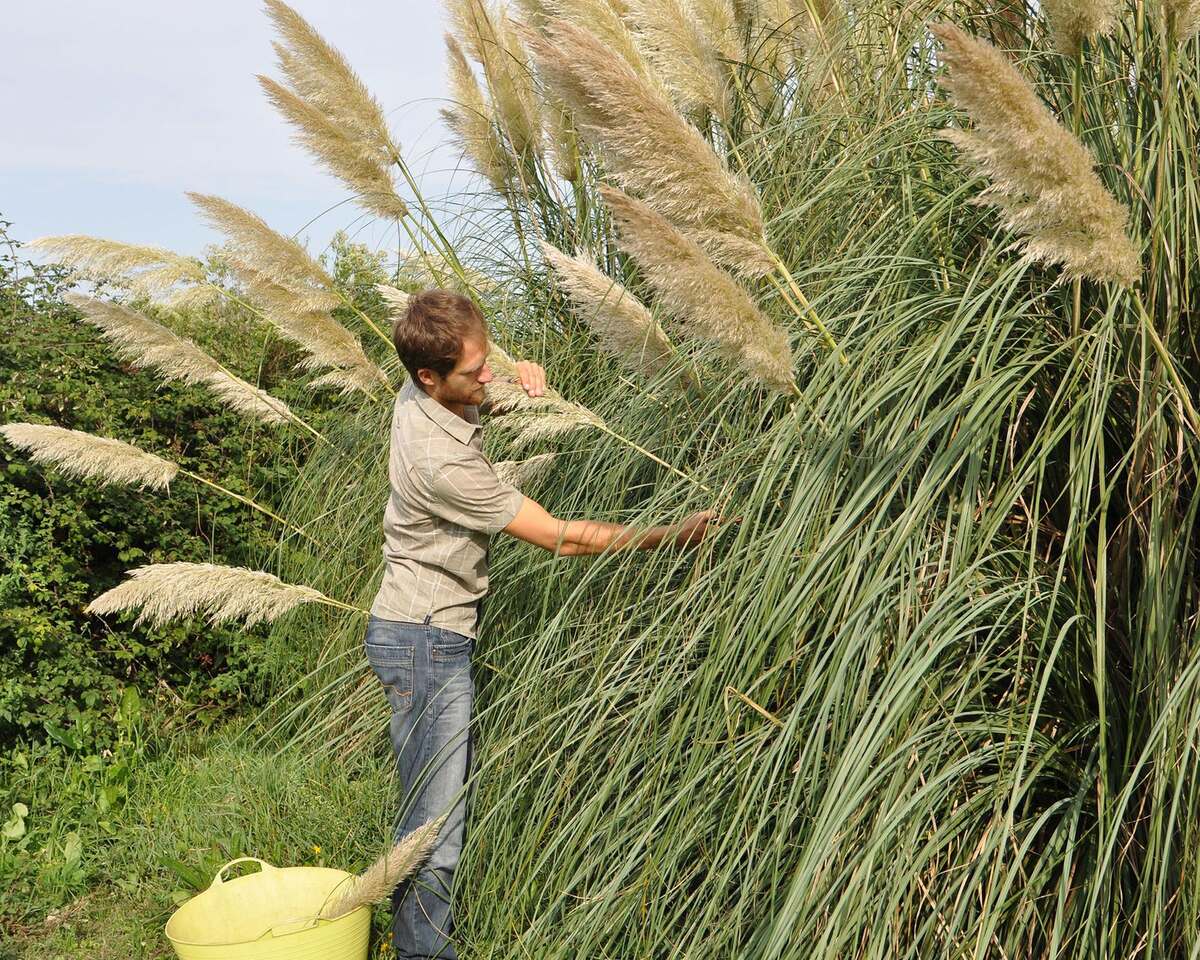
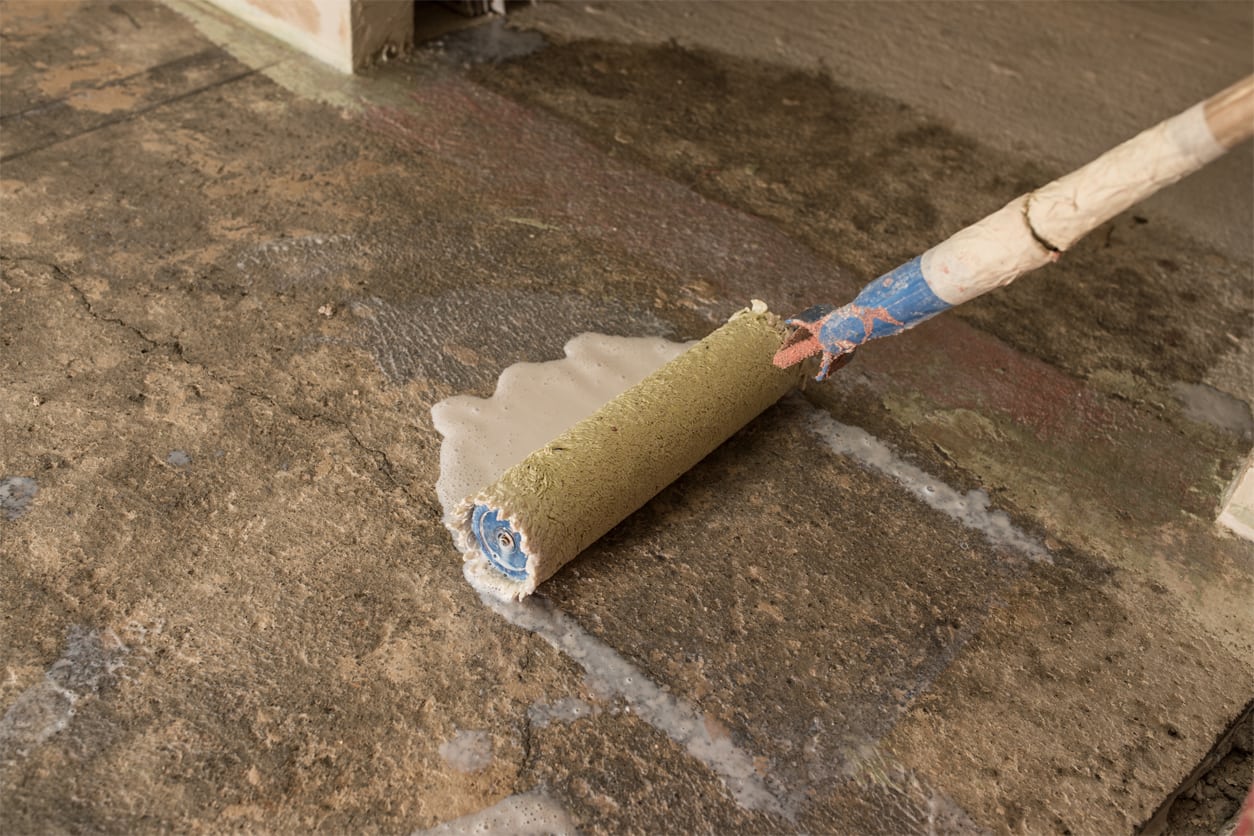
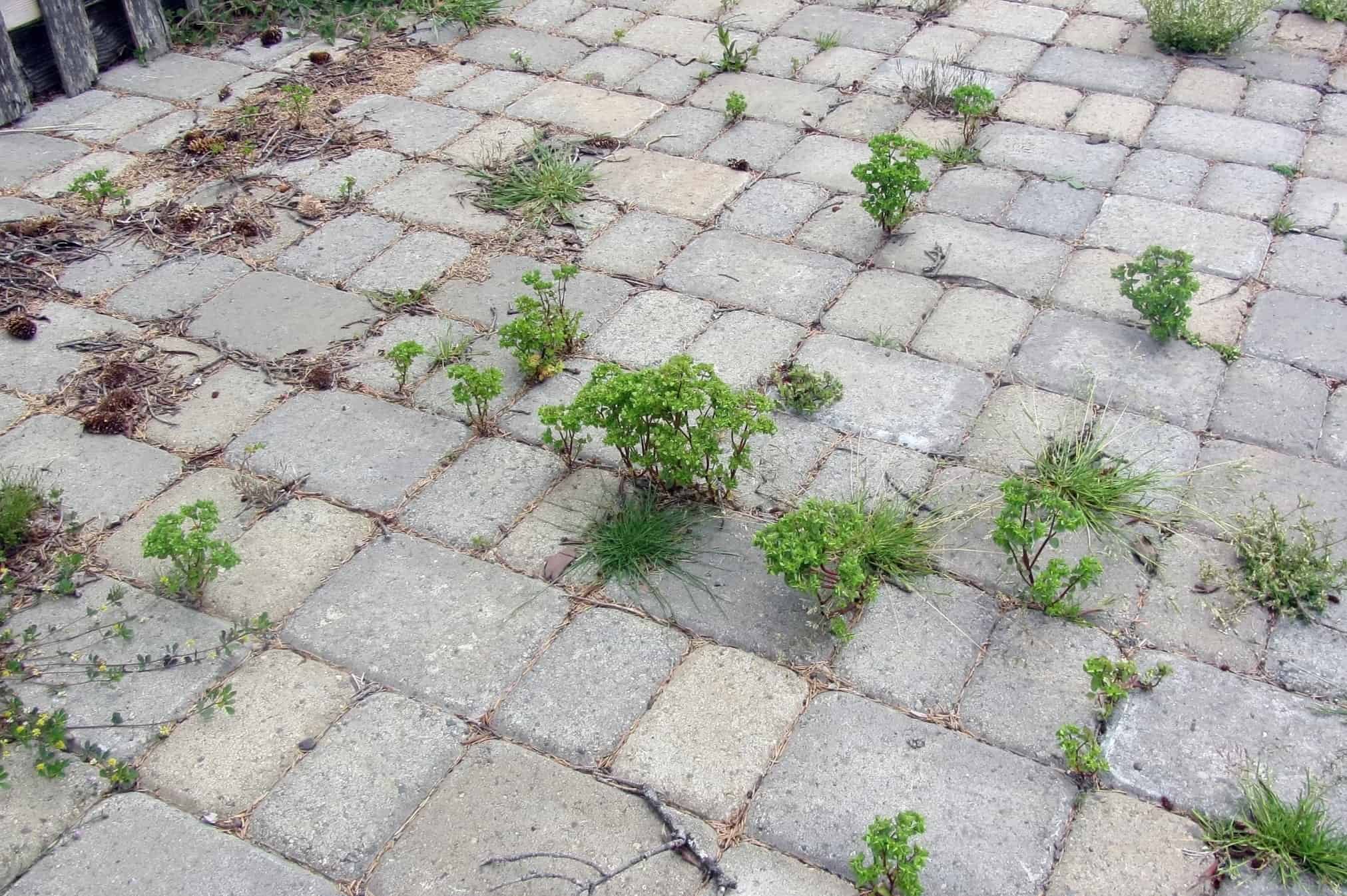
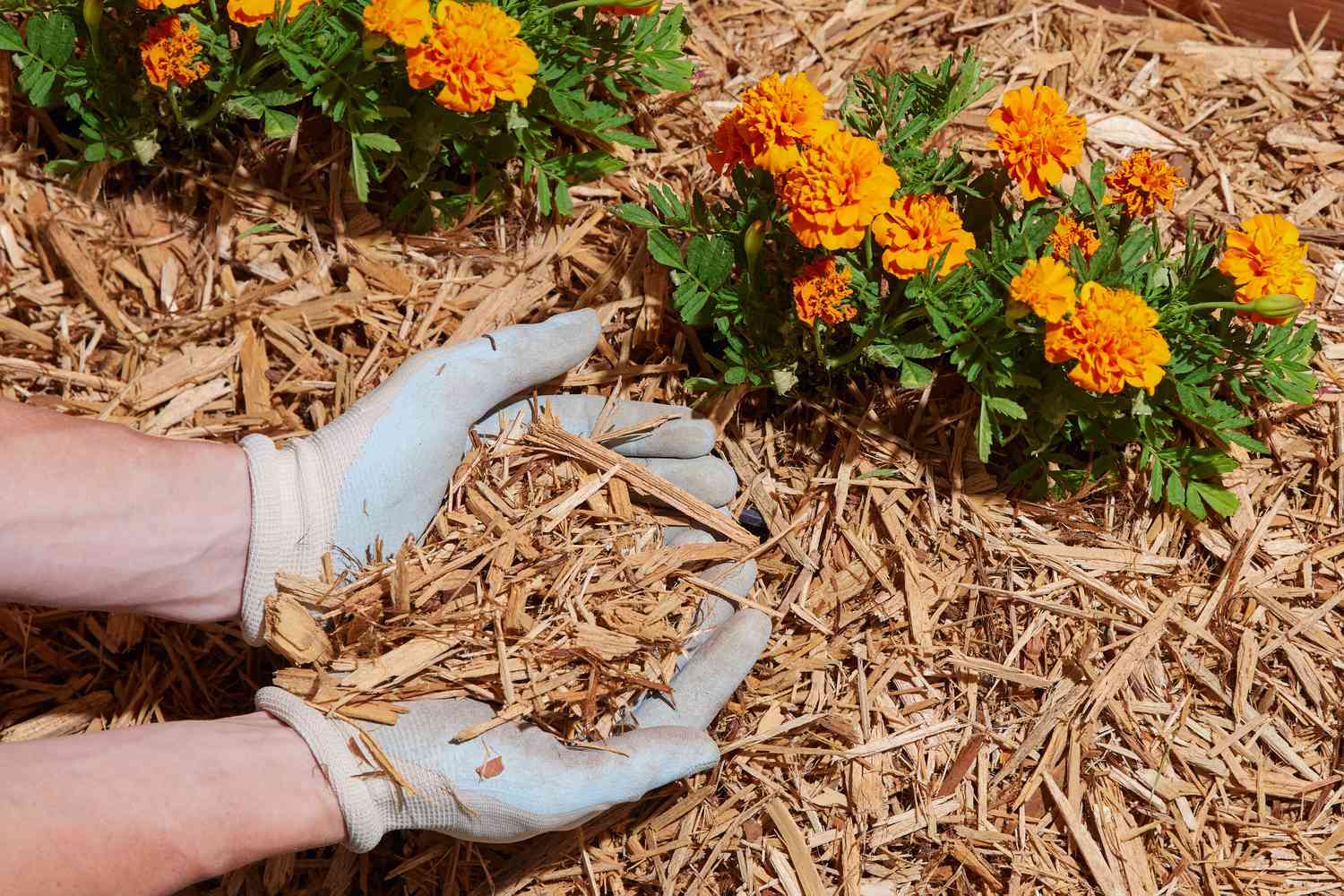
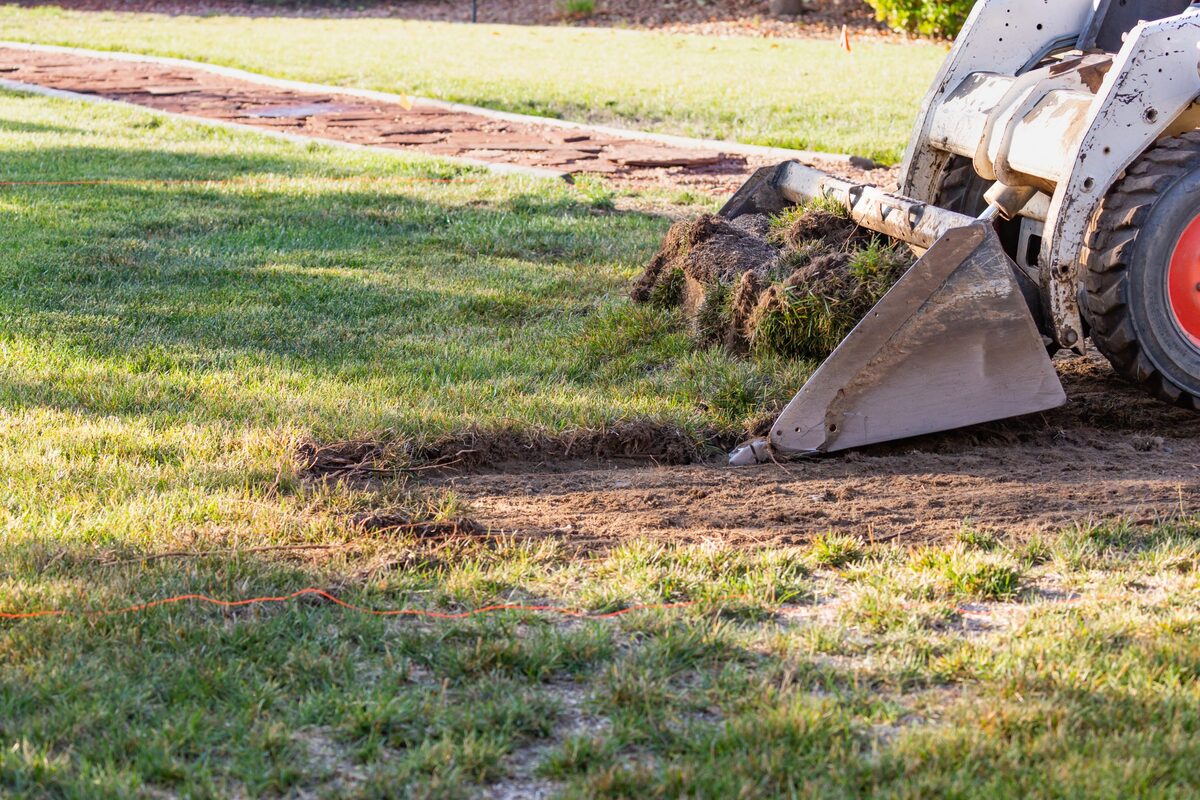

0 thoughts on “How To Remove Overgrown Grass”